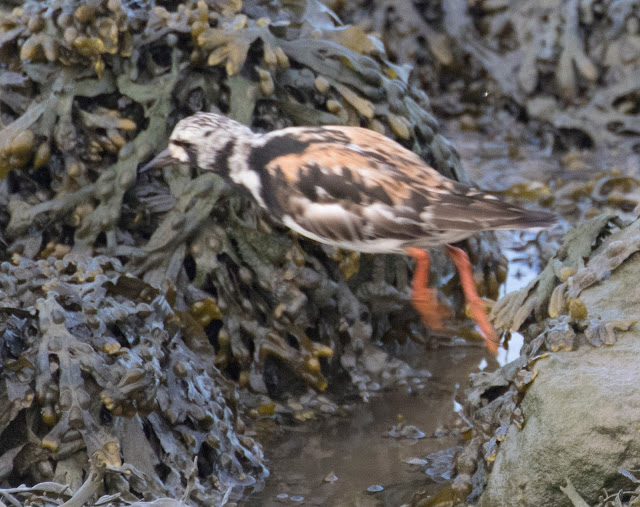Wheatears!
This bird was seen to the West of the larger pond, having flown over from the seawall fenceline. I think it is a first winter bird, due to the black centred-feathers on the shoulder and the hint of an auburn cheek - although I worry about the way the photo-processing can alter the hues according to their settings!
There were plenty of chalkland flowers around, including this Melilot, which I think is likely to be the Tall Melilot,
Melilotus altissimus, rather than the Ribbed Melilot,
Melilotus officinalis, although it is very difficult to be sure. The flowering periods are similar, 6 - 8 for Tall, as opposed to 6 - 9 for Ribbed, so there is no help there!
A biennial or short-lived perennial herb occurring in disturbed grassland and on roadsides, field-borders and waste places, the Tall Melilot has been in the UK since the 16th Century, and is quite well distributed across S and C England. Its original native distribution in Europe is now very difficult to check due to its widespread introduction asa fodder crop, but is definitely an introduction to the UK. The standard, wings and keel all appear to be the same length, the raceme is really quite dense, with a good gold colour to the flowers, and the upper leaflets do tend to be parallel sided, pointing to this plant being Tall Melilot rather than Ribbed:

These are the pods, which are slightly hairy, and clearly do not appear to be strongly ridged as in the quite similar Ribbed Melilot. I think that Rose's suggestion of persistent styles may not be totally reliable, as this is the one character that does not seem to hold for all the pods on these plants, although not the ones in this particular photo. They should ultimately ripen black, not brown, and with two seeds per pod rather than one.
and here is the Common Sea Lavander,
Limonium vulgare, with its yellow anthers.
and Common Centaury, found occasionally across the Hoe,
Here you see the lower-lying bifold stigma off to one side of the flower tube, and the higher-lying spirally-listed anthers of the 5 stamens:




























